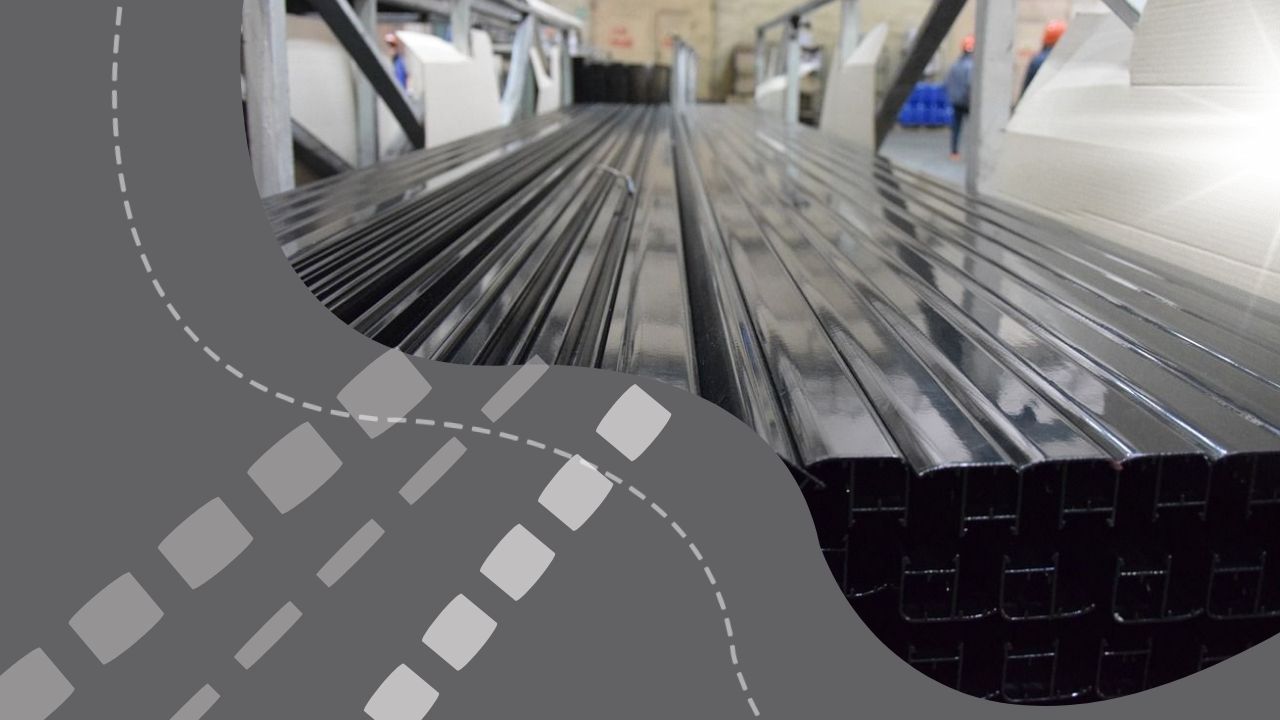The total number of platform users has reached 1519.
The exploration of subsoil has received 315 electronic applications. According to the Minister of Digital Development, Innovation, and Aerospace Industry, Bagdat Mussin, the minerals.gov.kz platform was launched in June, as reported by inbusiness.kz.
“It creates favorable conditions for investors and businesses interested in subsoil development. Today, information about locations with geological survey results and active contracts has been integrated into the system. As of today, 58,620 contours have been digitized. While 39 thousand reports are geographically mapped. By the end of this year, a function will be developed to provide initial geological reports,” he said.
Additionally, the platform has gathered a collection of layers including defense and national designated lands, water resources, animal burial sites, cemeteries, and other restricted areas. The minister added that this encompasses information from at least 60 cartographic layers.
“To maintain the ‘currency’ of data, specialized automated workstations of industry state bodies will be added to the platform by the end of this year,” Mussin clarified.
According to him, the department has also analyzed, reengineered, and digitized processes for businesses and investors, such as application submission, license acquisition, and report filing.
“As a result, bureaucracy, paperwork, and wear and tear of thresholds in these processes will be reduced. Today, processes such as submitting applications for exploration and extraction, verifying the use of restricted territories, license signing, approval or rejection of applications, and court filing are automated. To simplify the license issuance process, integration with relevant information systems of state bodies has been carried out. At the initial stage, databases of individuals and legal entities, personal data control services, and unified account information systems have been added,” explained the department head.
In the future, information systems such as conducting payments with second-tier banks, conducting auctions, and monitoring the timing of government services will be integrated, he noted.
The total number of platform users has reached 1519. There have been 315 electronic applications submitted for exploration and processing.

